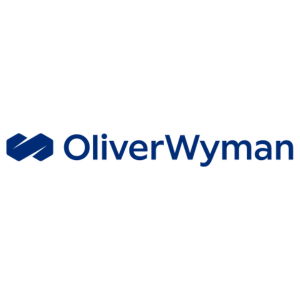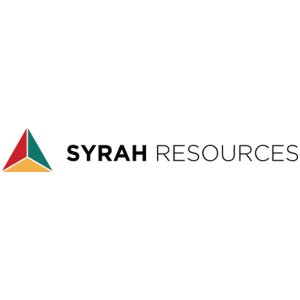William Witham, CEO, Australia-Africa Minerals & Energy Group
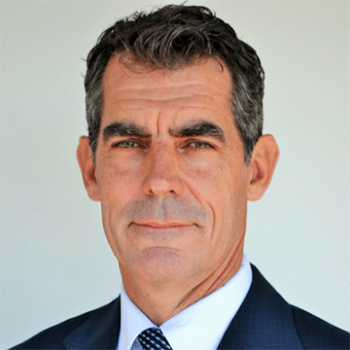 |
| Interview conducted by: |
 |
How has the Australia-Africa Minerals & Energy Group’s (AAMEG) mandate evolved since its inception?AAMEG (as AAMIG) was formed to promote and help Australian companies working in Africa with non-technical risk. Non-technical risk includes environmental, social, security and governance type issues. We are an advocacy group with our main focus being to represent Australian companies engaged in the development of Africa’s resource industry. Historically, the company has been very focused on CSR initiatives, and now AAMEG provides a much broader range of help and initiatives to our members, including discussions on legal and taxation agreements, anti-bribery and anti-corruption laws, security working groups and other niche areas where we find that our members need immediate help.
Africa is evolving rapidly and becoming more sophisticated. In many African countries, there is a significant push towards populism, leading to creeping nationalization of the industries by the incremental raising of royalties and taxes, as well as stricter local content laws. Simultaneously, the Western world is enforcing more laws and increased compliance on companies conducting foreign-based activity. There are significantly more compliance issues that need to be addressed, which we help our members with. Part of AAMEG’s role is not only to advocate on behalf of our members and educate them, but we also carry out a significant amount of advocacy with NGOs; we want to ensure that the host countries are receiving their fair share of resources.
There are over 200-listed Australian companies in Africa across 32 countries. Where does AAMEG see the most opportunities for Australian companies, both geographically and in terms of commodities?Gold is probably the strongest commodity at the moment. In Africa, companies tend to go for the commodities that require less transport infrastructure and are therefore easier to export. This is why gold, lithium and copper projects are more attractive to Australian companies than bulk projects. Bulk projects are more capital intensive to get up and running in terms of infrastructure needs. Most companies in Africa are small to medium-sized and targeting projects that have a capital intensity of approximately US$200 million. Banks are willing to make the loan for these medium-sized projects, but they see mines that are too small as not worth their while, while huge projects have too much risk.
Can you elaborate on the advocacy work you are carrying out in Africa?
Although we attend conferences and events across Africa, our work is more targeted at specific companies and issues. For example, in 2018, we went to Tanzania as the country is considering a change in their mining legislation. In 2019, we are very focused on the deteriorating security situation in West Africa, and we are thus hosting a security conference in Ghana in June 2019. We play an important role in coordinating our members interest in the West African region.
In terms of geology, the West African region is very prospective, and at this stage people see the security risk as manageable. The area holds good potential for high-grade mines, which makes the region very attractive for investment. In fiscal terms, the region is also attractive as the taxation rates are quite competitive. Australian companies tend to have a long history in Africa, and we are seeing more Australian service providers expanding their footprint into the region.
80% of Australian activity in Africa is coming from Perth. What is the significance of the city in the context of the global mining ecosystem?
Perth is definitely one of the main worldwide centers for entrepreneurship, technology and funding within the mining industry. It is very similar to Vancouver and Johannesburg in that sense. A significant amount of the mining and exploration community in Perth is international and has traveled and lived in other countries. In Australia, Perth is definitely much more attractive for African exploration due to the geographical proximity, as well as the smaller time difference. Additionally, it is easier to expand into countries with similar legal systems, and most African countries have copied the Australian mining act, so synergies are easier to achieve.
What key challenges are impacting Australian companies with an African footprint?
The key challenges are ensuring that non-technical risks are being mitigated. Examples include complying with changing levels of Western international legislation, rising populism driving creeping resource nationalization in host countries, sourcing suitable insurance and security concerns.
What are AAMEG’s key objectives for 2019 and could you underline your longer-term vision?
AAMEG has rapidly increased our membership. Our goal now is to serve our members better through more effective advocacy. Our long-term vision is to have a healthy Australian-African resources industry. We want companies, institutions, funds and investors to value our insights as a mechanism to improve their business decisions, strengthen their resilience and secure investment returns for the benefit of our members and our African hosts.
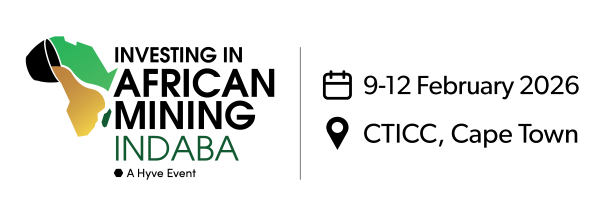
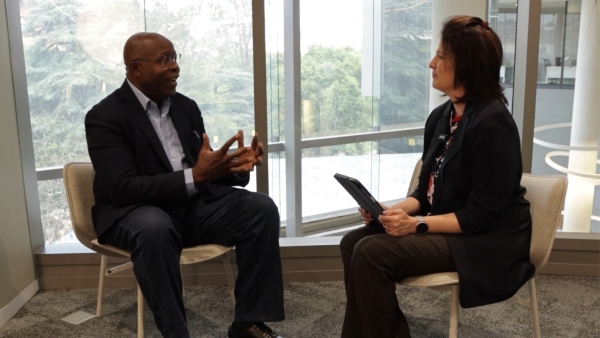
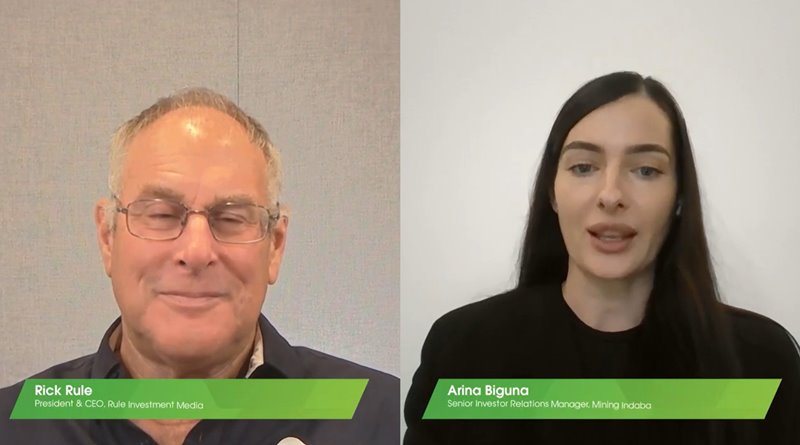
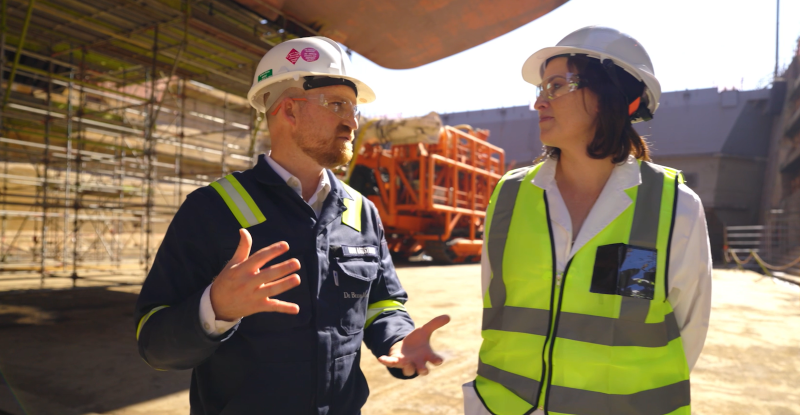

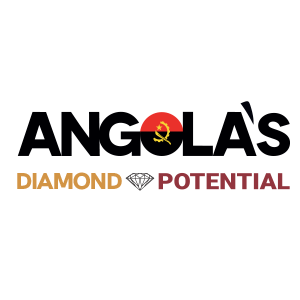

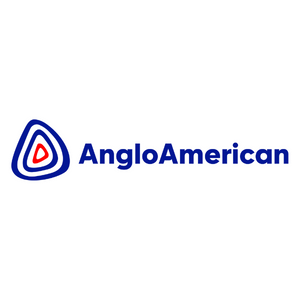
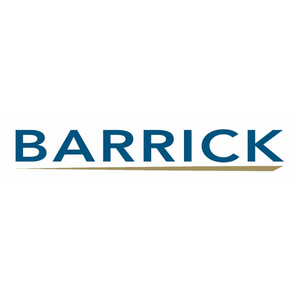
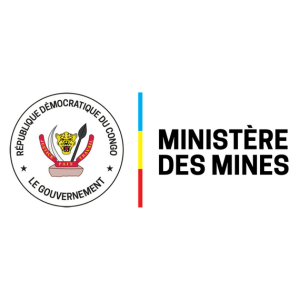
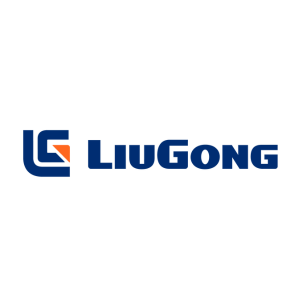
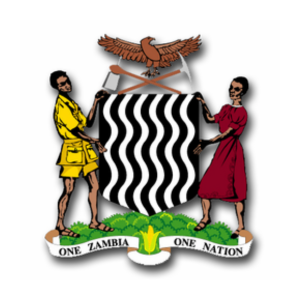

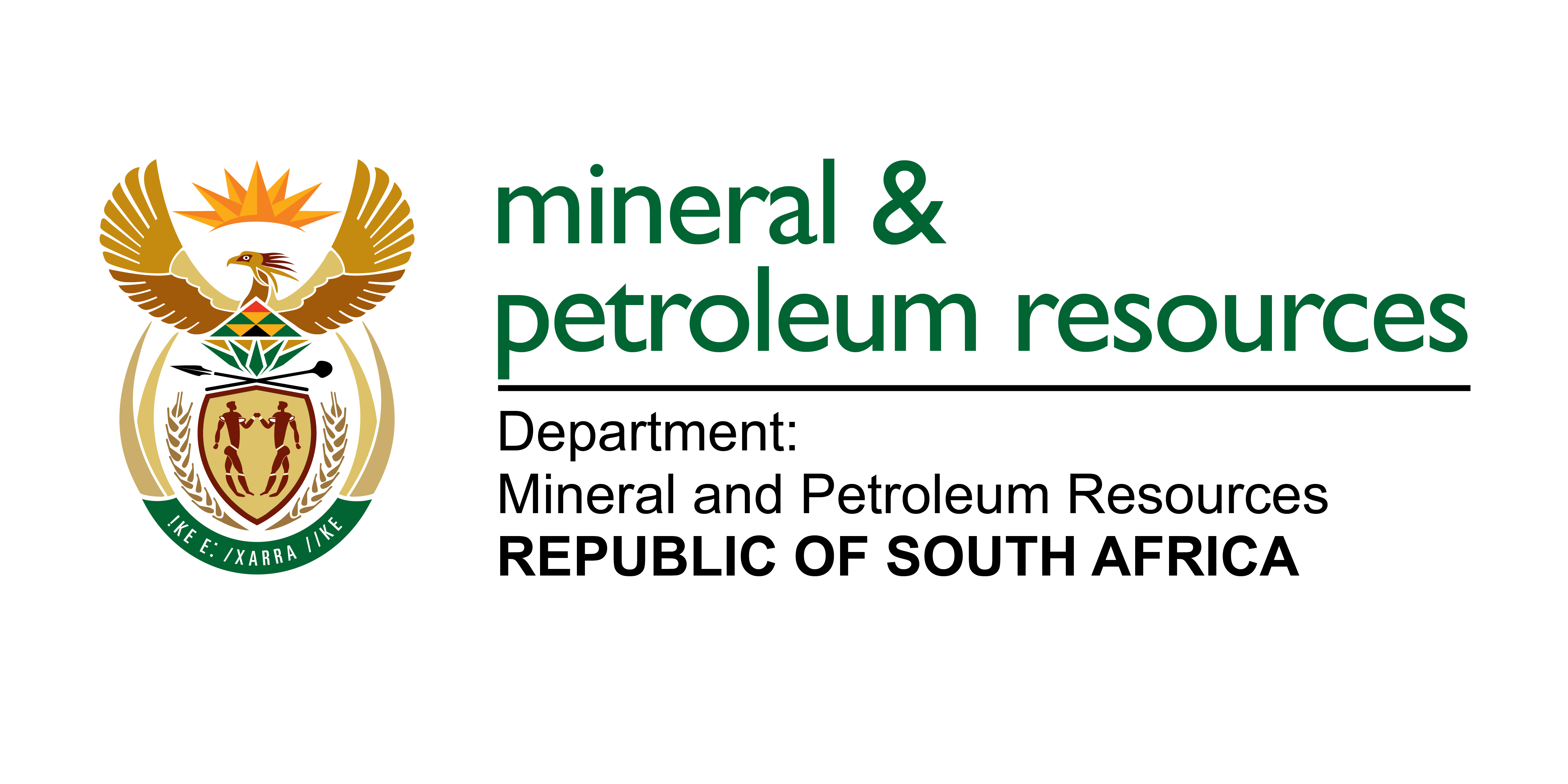-Logo_CMYK_1.jpg?width=1000&height=500&ext=.jpg)


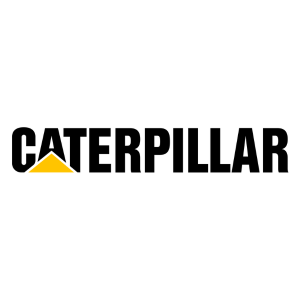
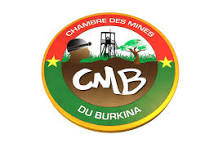
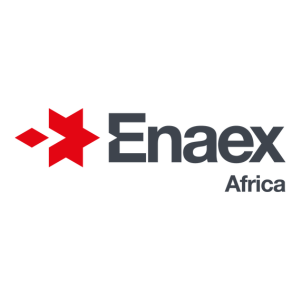

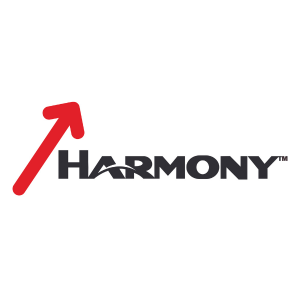
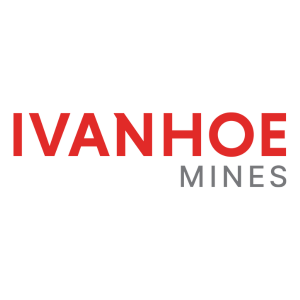
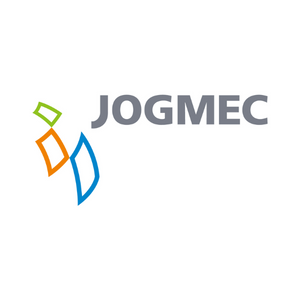
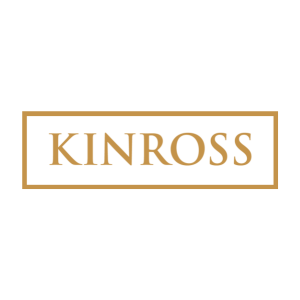
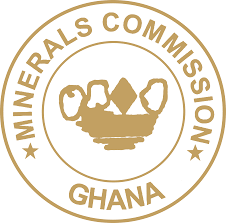
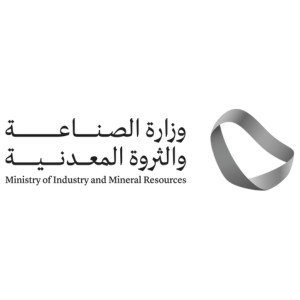
_mi25-weblogo.png?ext=.png)
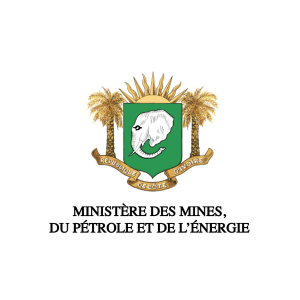
_1.png?ext=.png)
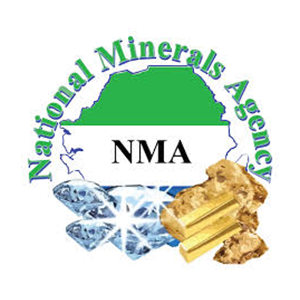
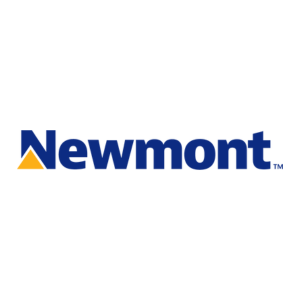
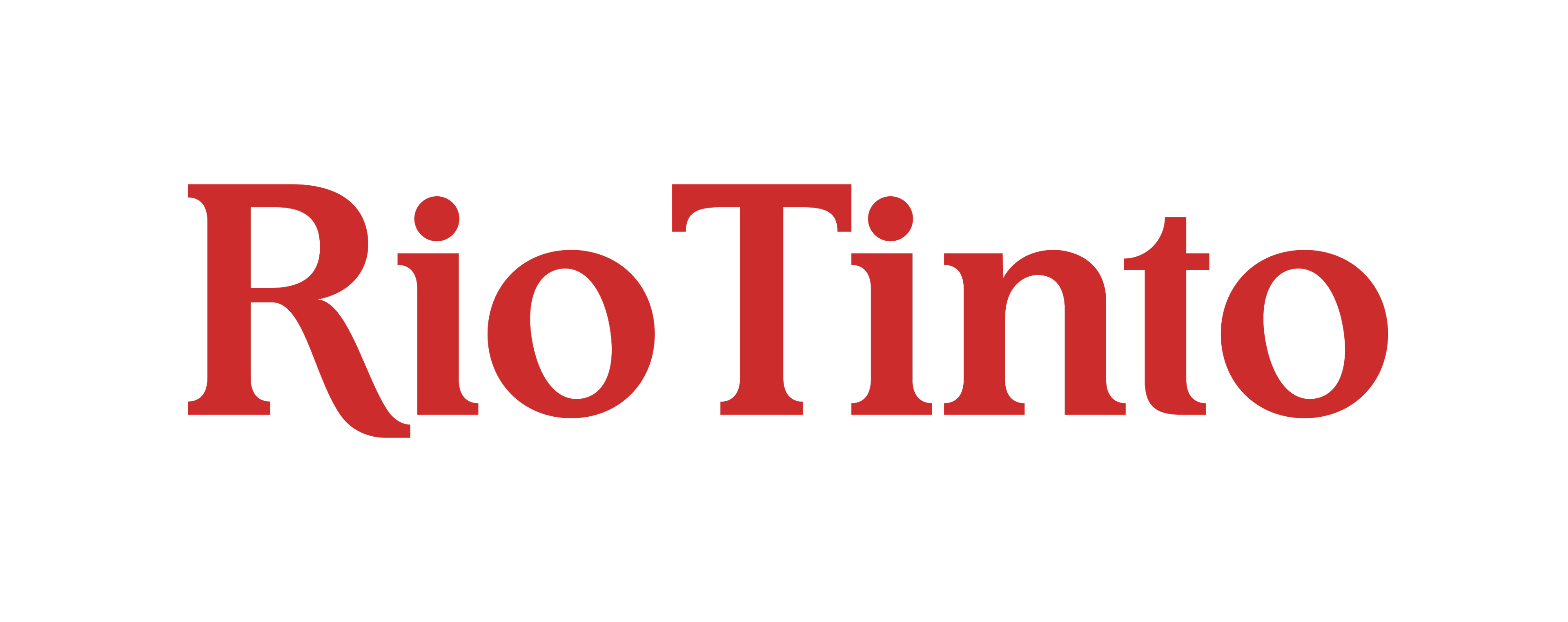

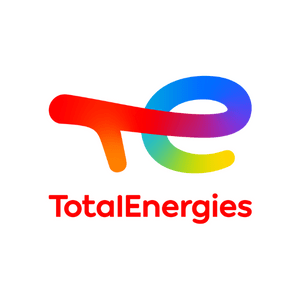

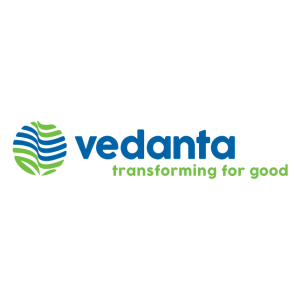


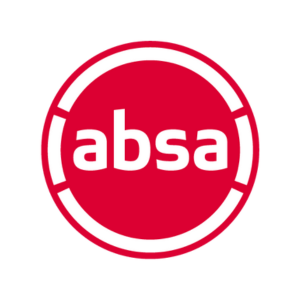
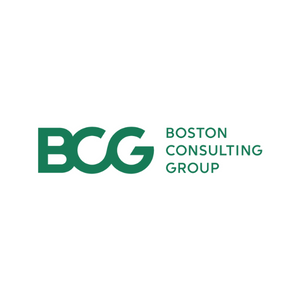


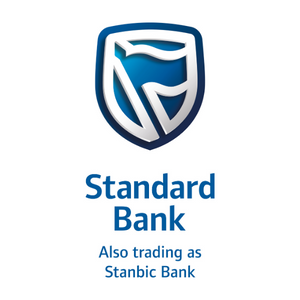

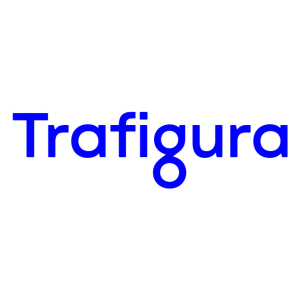
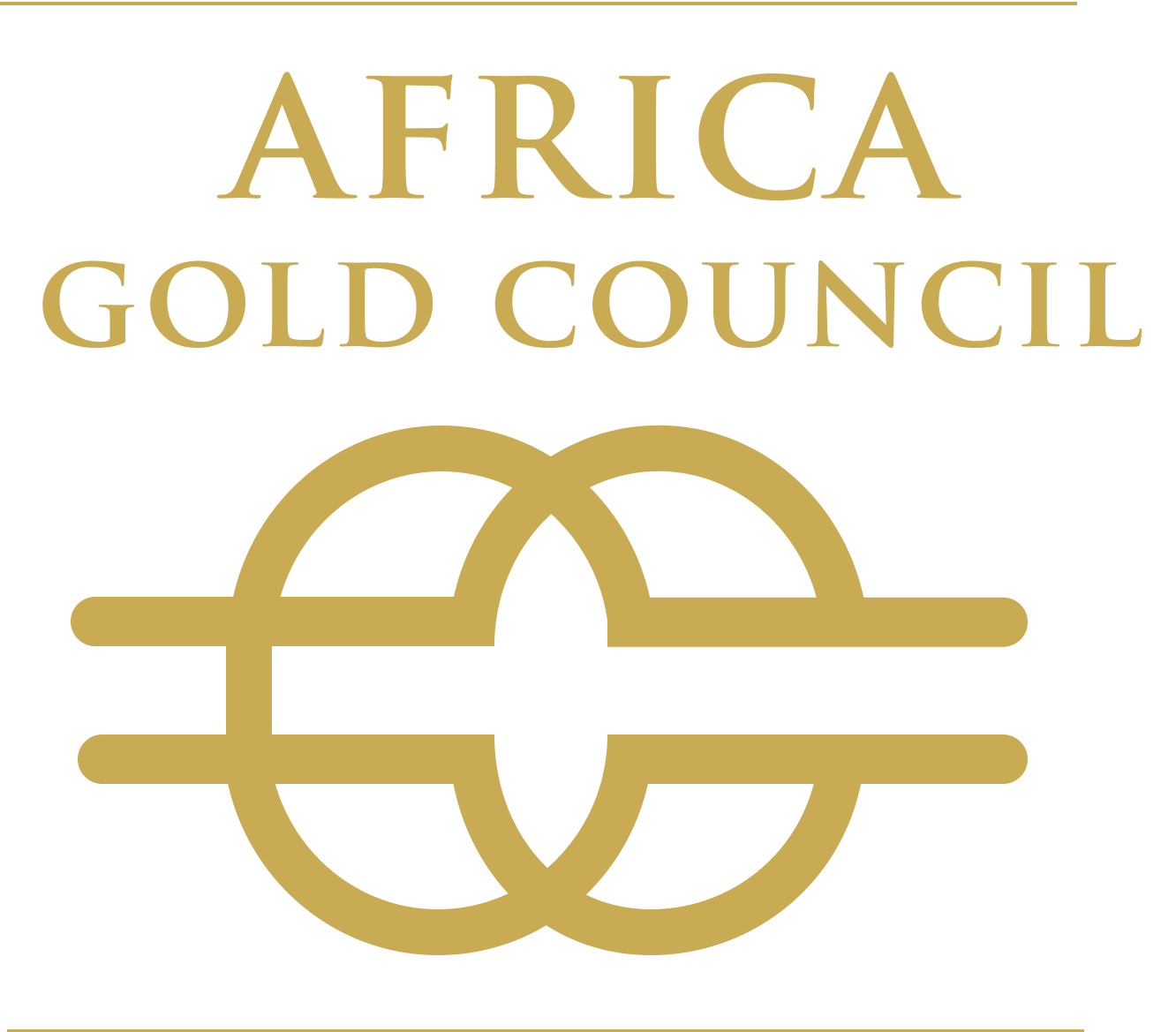
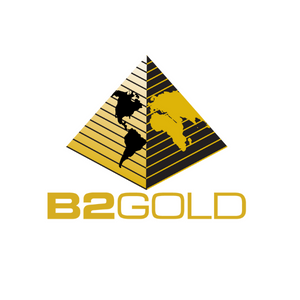
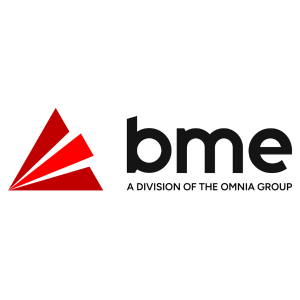


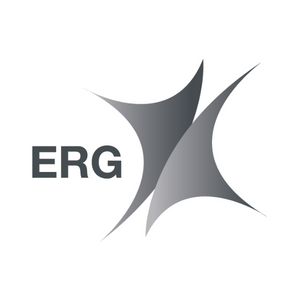


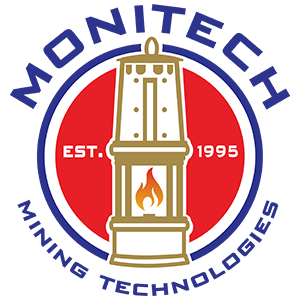
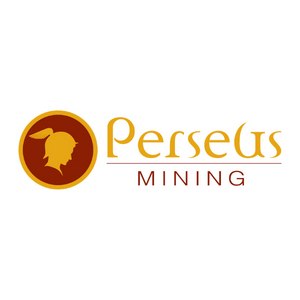
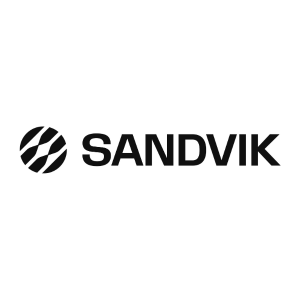


_mi25-weblogo.png?ext=.png)
